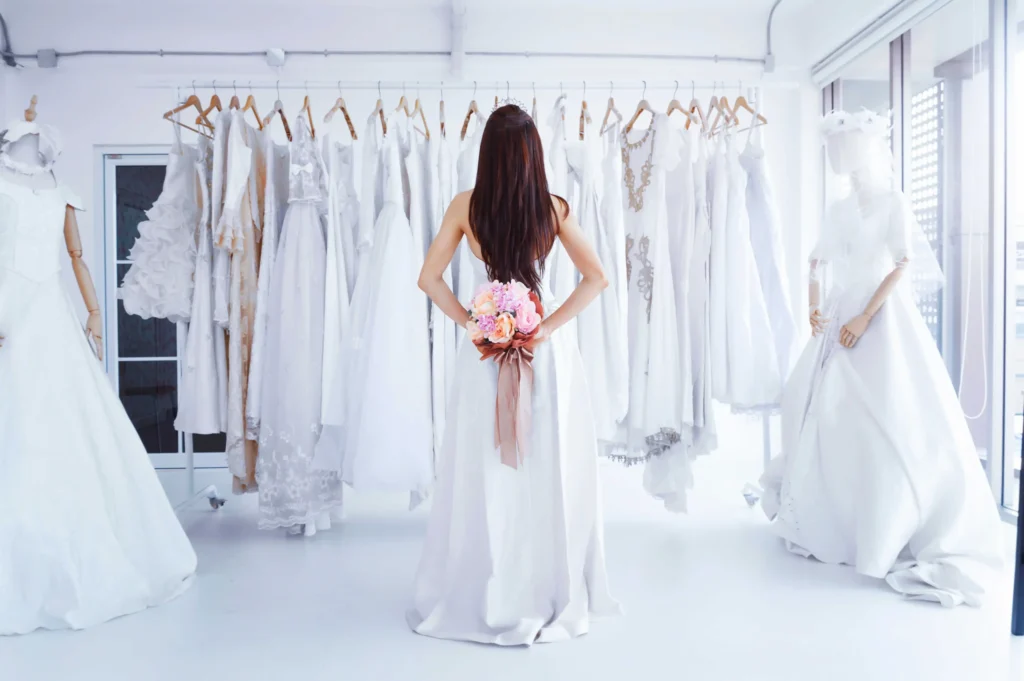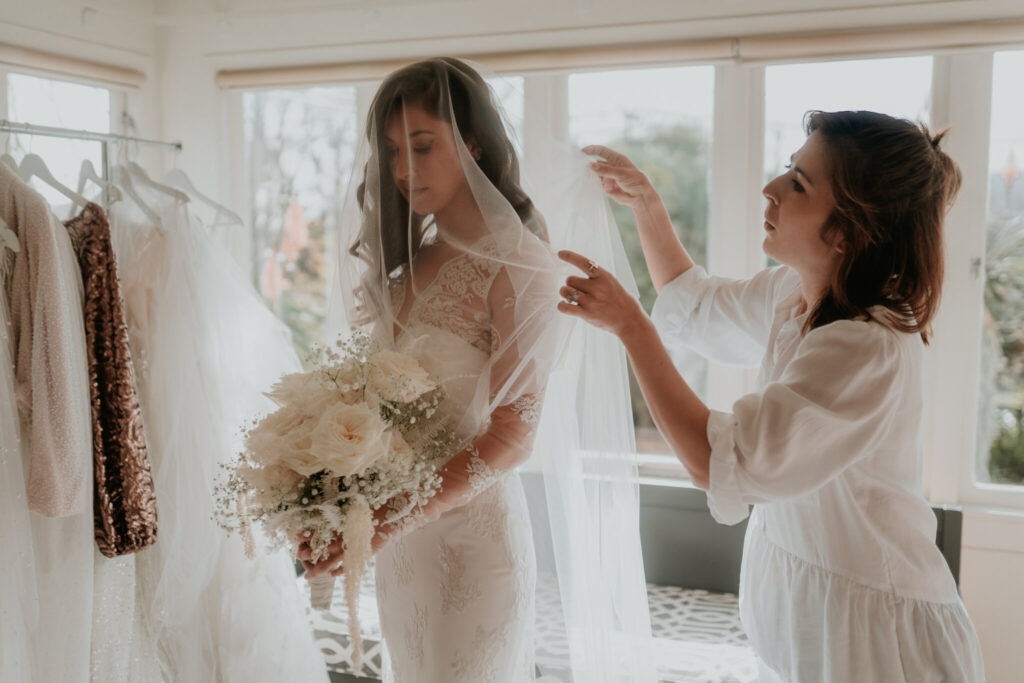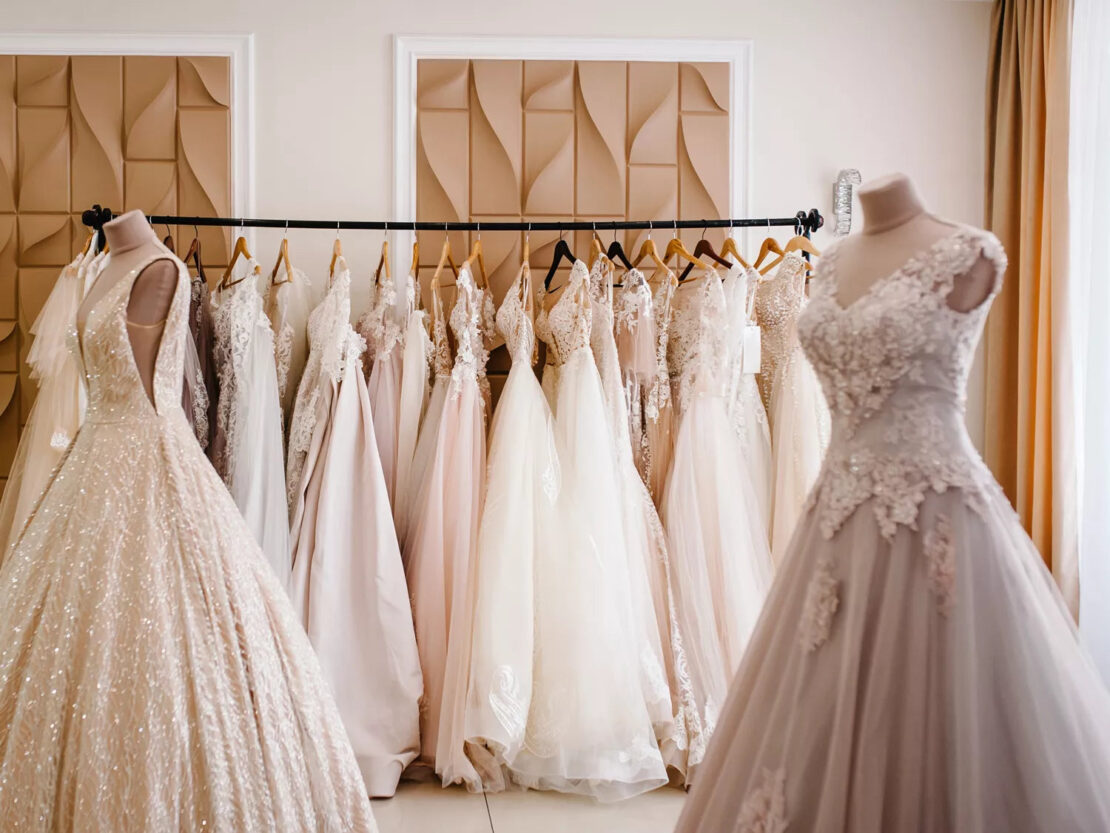Finding your dream wedding dress can be a magical moment, but the fit of that dress is just as crucial as its style. While many brides anticipate slipping into their gown and it fitting flawlessly, the reality is often quite different. This post will explore common reasons why your dream wedding dress might not fit as expected and provide actionable solutions to ensure it looks perfect on your big day.
Understanding the Fit Issue

When it comes to wedding dresses, one size does not fit all. Bridal wear is notoriously tricky because it often requires precise measurements. Many brides experience discrepancies in sizing due to changes in their body size from the time they are measured to when they receive the dress.
To manage this, it’s crucial to get measured professionally by a skilled wedding seamstress and at the right time, ideally close to when you make your order, to minimize discrepancies. A wedding seamstress specializes in understanding the nuances of bridal gown fitting, which can make a significant difference in achieving the perfect fit for your big day.
Most off-the-rack wedding dresses adhere to standard sizing, which doesn’t account for the unique variations of every body shape. This often results in a dress that fits well in one area but not in another. If you’re finding this to be the case, consider whether alterations are needed in specific areas like the bust, waist, or hips to achieve that coveted custom fit.
Designer sizing can vary significantly, and what works in one label or style might not translate to another. This can be frustrating when the wedding dress of your dreams doesn’t fit because it was crafted using a different sizing standard. It’s important to try on various styles and sizes and consult with bridal consultants to understand the sizing that best fits your body type.
Practical Solutions for a Perfect Fit

Alterations are often the key to making your wedding dress fit like a glove. A skilled seamstress can adjust almost every aspect of your gown, from hemming the length to taking in or letting out sides. They can add cups to the bust or even alter the dress structure for a better fit. Start the alterations process well in advance, as it might require multiple fittings to perfect.
Sometimes, the solution to a fit issue might be as simple as the right accessories. For example, a different style of bra or undergarments can significantly change how your dress sits and fits your body. Bridal stylists can offer advice on the best types of shapewear or lingerie that will enhance the dress’s fit without compromising comfort.
Despite best efforts, there might be instances where alterations cannot solve all fit issues, or the style of the dress doesn’t suit as expected. It’s okay to have a Plan B. Whether it’s choosing another dress or considering a custom gown that is made to your measurements, ensure you have enough time to execute a backup plan if needed.
Conclusion

Choosing your wedding dress is a journey filled with anticipation and excitement, but it’s important to remain flexible and informed about the fitting process. By understanding why your dream dress might not initially fit and knowing how to address these issues, you can ensure that on your special day, your dress looks as stunning as you envisioned.





